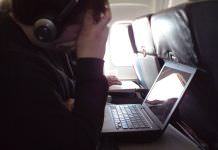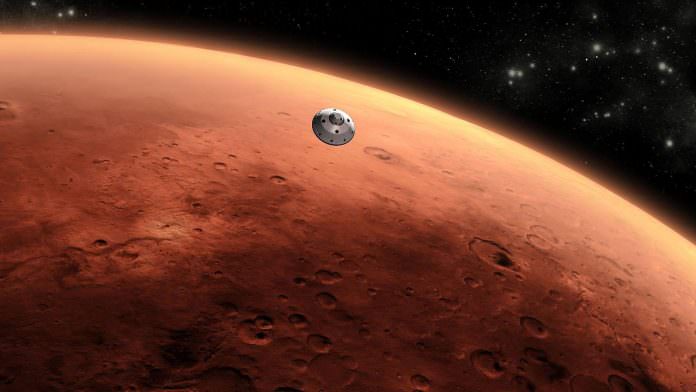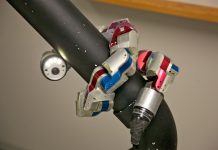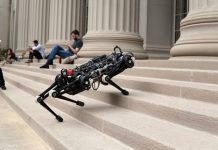The Orion replica was raised to 35,000 ft before being dropped with one less working chute.
NASA has been the benchmark in space travel for some time now, and the organization does not seem to be stopping in its quest to stay abreast of everyone. As such, they periodically do tests and experiments on ways they can further explore space and have a better knowledge of it.
As a result, one of the promising experiments the company has been working on, the Orion spacecraft had its own time in the spotlight recently. The organization had a replica of the Orion spacecraft dropped from 35,000 ft in a bid to see the efficiency of the parachutes and also test its contingency plans in case of a parachute failure.
The test took place in Arizona where the replica was taken 35,000 ft above ground by the Air Force US C-17 transport plane and dropped over the Yuma Proving Ground. In their simulation of a parachute failure, the team decided to deploy only two of the fitted three working parachutes. The parachutes had been wrapped around the mock spacecraft, and in a win for the team, the Orion replica landed safely even though it only had two parachutes.
The team first released two of the smaller parachutes as the capsule was under heavy aerodynamic pressure. Having completed that, the system was successfully stabilized and as a result, the main parachutes were then released resulting in a further decrease of decent speed and also land the replica safely without any problems. However, the plane is not believed to have landed exactly where NASA would have liked but they still deemed the test a success. There was no critical damage on the impact of landing and the spacecraft was said to have been sat perfectly in the right position.
Jim Michael, the NASA systems engineer was particularly impressed by the test and noted that it had gone really well. Speaking to reporters he said that there had been a little bounce on landing as the spacecraft had dug a little hole in the ground before landing and sitting down in the hole.
The test conducted, the fifth in a series of eight planned maneuvers was clearly a success and the whole team was excited especially as it was not the first time they had attempted the test. The team had earlier last week attempted and failed the same test. This will be the last test of the year, but the team plans to finish all the tests next year before they can move on to the new phase which includes testing the Orion Launch Abort System, which they plan to do in April 2019.
LAS, as it is popularly known, is according to NASA going to help with keeping the astronauts safe in case of any malfunction or explosion of the rocket which they will be in. LAS will enable them to leave the 8.8 million pounds thrust rocket in case of an accident during ascent, lift off or any other time, in a capsule.



















